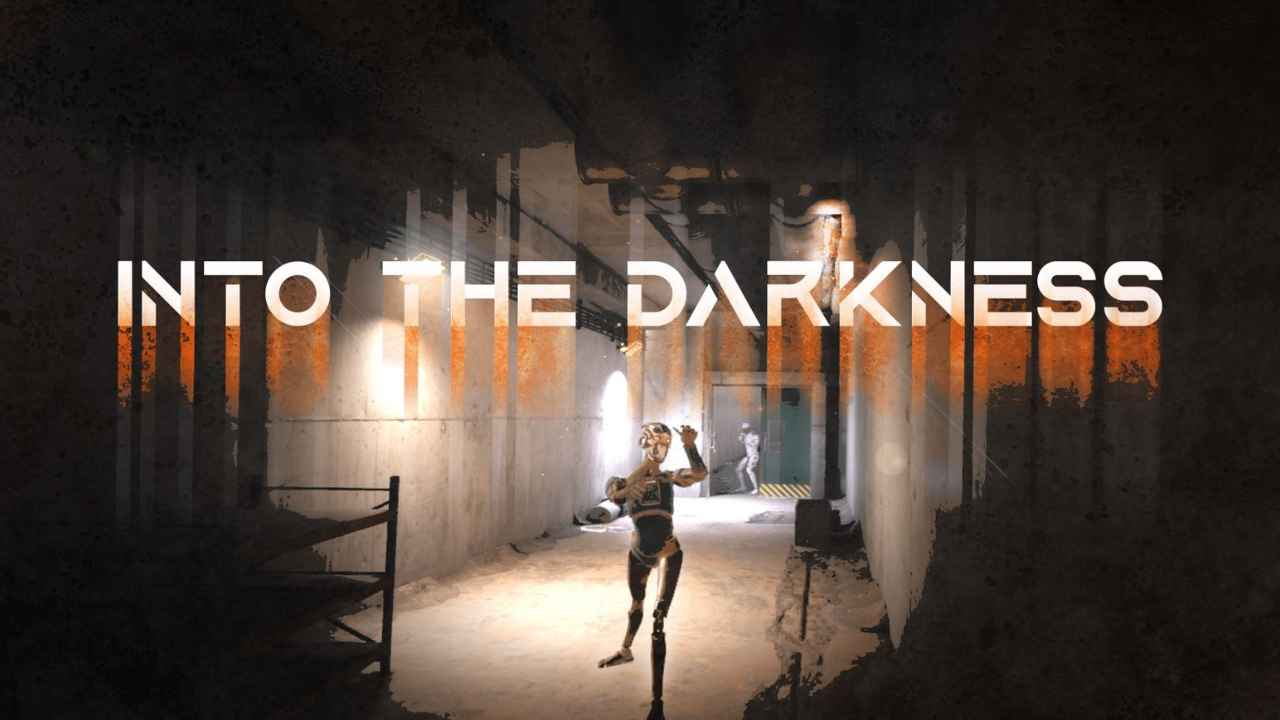Into the Darkness doesn’t waste time with elaborate backstory or flashy tutorials. It throws you into a world that’s equal parts eerie and intriguing, and expects you to find your own way out. This early access build is all about the tension between exploration and survival. It’s not horror in the jumpscare sense, but the unsettling vibe is there. You’re alone, the environment is unpredictable, and every move feels deliberate. It’s a stripped-down approach that fits well with the physics-based puzzles at the game’s core.
Physics-Based Mechanics in Focus
The standout feature of Into the Darkness is how it handles object interaction. Forget about standard button prompts. Here, you physically reach out, grab and manipulate everything in your path. That might mean prying open a door, moving debris or stacking objects to climb.
It feels deliberate, with weighty interactions that make each motion count. Compared to more arcade-style VR titles, this kind of tactile feedback grounds the experience. It’s less about twitchy reactions and more about thinking through every move.
Visuals and Setting Build the Mood
Graphically, the game doesn’t aim for hyperrealism, but it doesn’t skimp on atmosphere either. Dim lighting, tight corridors and scattered machinery give the environment a layered, lived-in feel. It’s the kind of place where every flickering light or echo in the distance feels like it’s hiding something.
The world isn’t massive, but it’s dense. The narrow spaces and cluttered rooms keep you on edge, adding to that sense of cautious curiosity that drives the best exploration games.
Challenges and Room to Grow
As with most early access projects, Into the Darkness still has some rough spots. Movement can feel a bit clunky, and not every object interaction is as precise as it could be. But that’s part of the deal here — it’s a sandbox that’s still being refined.
What’s promising is how the game sets itself up as a physics playground that doesn’t rush you. It invites you to experiment, to feel out the edges of what’s possible in VR when you’re not locked into a linear path.
How It Stands Out in the VR Space
Into the Darkness joins a small but growing list of VR games that see physicality as more than a gimmick. It’s not just about immersion for its own sake. It’s about making you feel the weight of the world around you — even when that world is falling apart.
For players who want a VR experience that’s slow-burning and hands-on, there’s enough here to be curious about. And for developers, it’s another experiment in how far VR can go when you’re willing to let players figure things out for themselves.
Beta Hunter & Brutally Honest Reviewer
He plays what others fear. BETATESTER-X dives into broken builds, awkward alphas, and early-access chaos so you don’t have to. No hype. No mercy. Just raw, first-hand feedback from the trenches of unfinished games.




